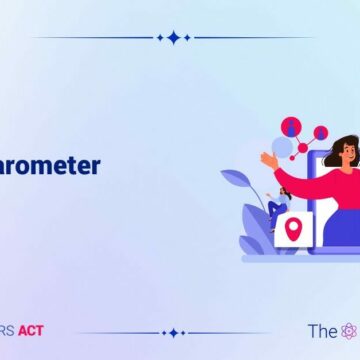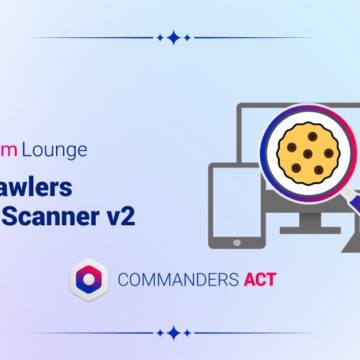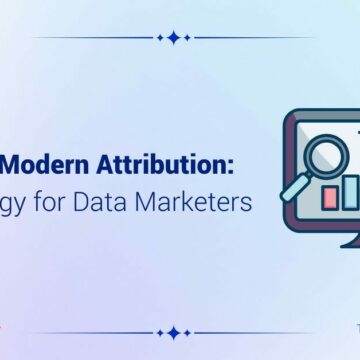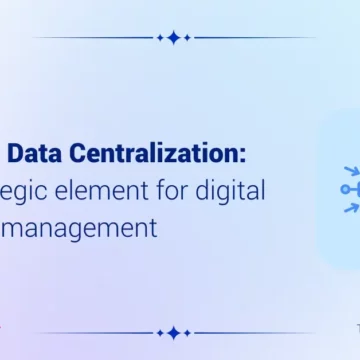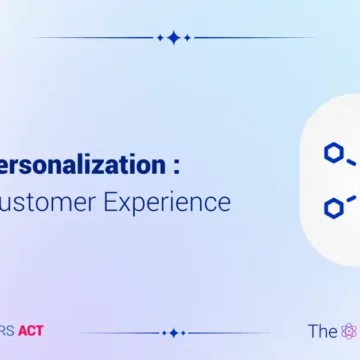What is Tag Management?
13/10/2016 |

Tags are used to collect and distribute data to your web analytics tools, affiliation platforms and live chat solutions; they are also used in A/B testing, advertising, social media and retargeting, among others.
The domination of “tag” technologies
Display, retargeting, marketing automation and analytics management: nearly all digital marketing solutions rely heavily on tags, and using a good Tag Management System (TMS) allows optimizing their profitability.
The number of digital marketing solution providers has skyrocketed in the past years: in 2011 there were roughly 100 editors of such solutions, while they totaled about 2000 in 2015 (the exact number is unknown since not all providers are listed).
Why do we talk about Tag Management?
The first step towards understanding tag management is defining tags. A tag is a JavaScript code snippet placed in the source code of a webpage. The tag “fires” when the page is visited or when a user interacts with html events (submitting a form, clicking and “add to cart” or other button, etc.). The tag gives the site’s owner (publisher, e-commerce site, brand, etc.) access to certain services (obtaining information, interacting with users through real-time customization of sites).
With a TMS, marketing teams can manage tags on their own and do not need any technical skill to do so. The TMS allows placing all the tags in a website into a single tag container, which is managed as a tag itself. In addition to all the organizational benefits explained in this article, the container hastens websites’ loading speed.
Using a TMS also allows to better manage tags’ lifecycles by reducing errors resulting from their complex administration: it is common to leave unused tags in a site’s source code after a campaign has ended. By using a TMS, marketing teams can be more responsive, more flexible and prevent their pages from slowing down due to the presence of obsolete tags.
Prior to the development of these systems, tag management involved several participants outside and within a company: digital marketing solutions, marketing and IT departments.
A few years ago, setting up a TMS was a complicated endeavor; it entailed a long series of procedures and specifications and allocating significant financial and human resources to the project. It was a long and expensive process.
Nowadays, Commanders Act can setup and deliver a fully operational TMS in one week thanks to their “Flash Setup” methodology.
In addition, should you cease working with a partner, there would not be any exit costs since no IT resources would be required.
Is a TMS only about tag management?
Benefits from using a TMS are not limited to tag management, they are extended to greater knowledge of your customer base. By gathering behavioral information about your clients, you get to better know and understand them. By cross-referencing data obtained through your TMS with that present in your CRM, you obtain more detailed visitor profiles. Tag management is thus more than a simple data collection tool, as it allows it to be manipulated to enrich and improve customer experience.
Tag management speeds up the implementation of unified marketing. It is about offering a coherent and harmonized global experience to each visitor, regardless of the device or channel they use and come from. A unique customer profile is created for each and every one of them and integrates data collected on all devices and channels. Tags provide a complete, multi-channel vision of client behavior and increase profitability rates for every solution used.
Tag management is also used with mobile apps and sites; some solutions provide tags for all platforms.
But tag management still has a long road ahead and will have to face new challenges in the upcoming years.
The first major challenge will be to collect a single piece of information only once and distribute it to 10 solutions at the same time. This will allow:
- Increased loading speed.
- Preventing conflicts between JavaScript files.
- Guaranteeing data confidentiality: collected information will no longer be visible.
- Guaranteeing better control over data collected and distributed to partner solutions and limiting information leaks.
